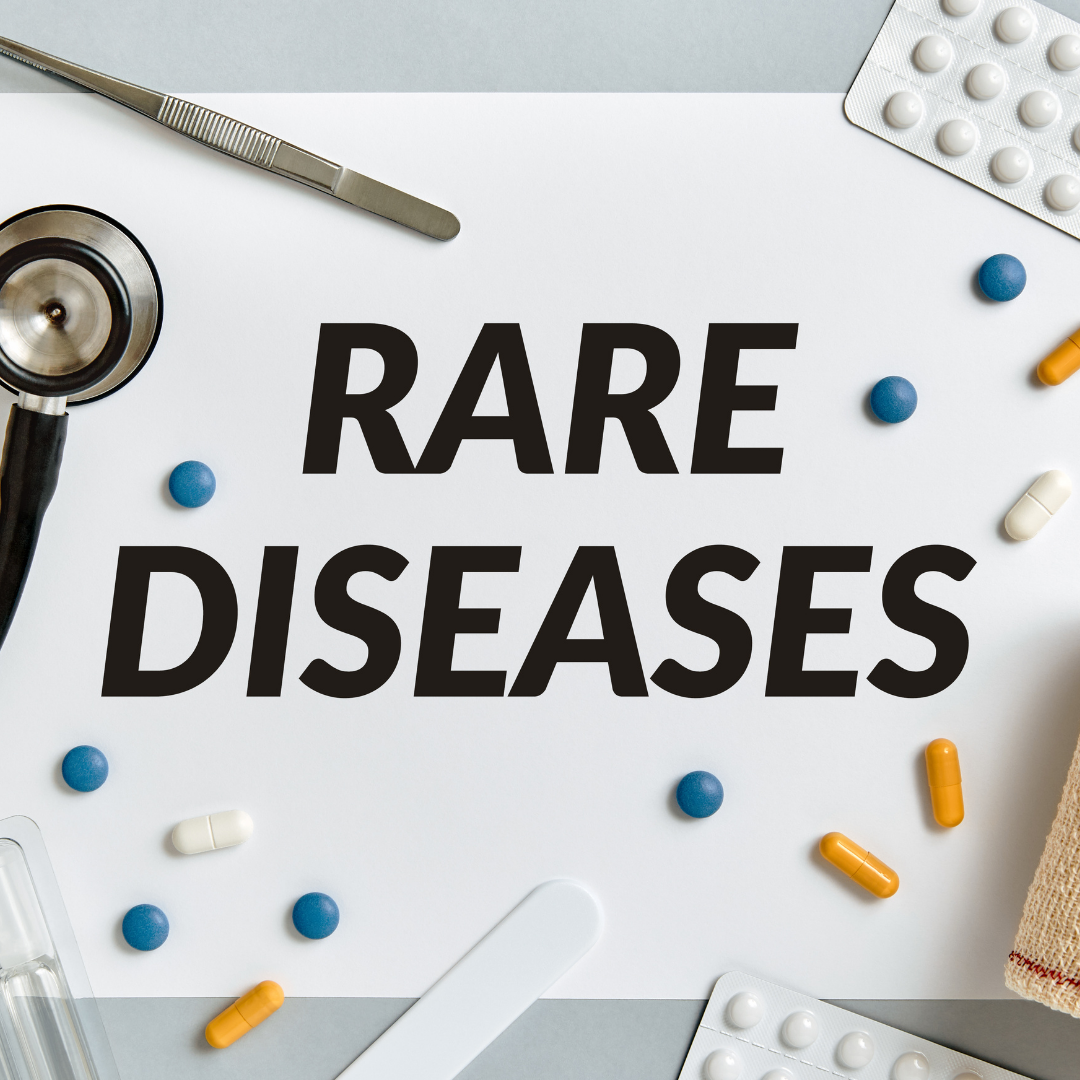Most common rare diseases in India: Part I

Recently, India has got its much awaited National Policy on Rare Diseases.
The first policy on rare diseases came in 2017 had faced many challenges in terms of lack of clarity on tertiary care cost borne by state and central governments. Thus in the year 2018, an expert committee was set up to review the policy on rare disease treatment. A new draft was completed and was placed in public domain in the year 2020 for necessary comments and suggestions. Based on the suggestions and comments on the draft policy, new policy on rare diseases was set in place in the year 2021.
However, rare diseases and its related information which is complex and heterogenous in nature, is shrouded in mystery for many individuals especially belonging to low economic background. Since India which has very number of population, people suffering from rare diseases are also high. As per the 2011 census record or later, more than 70 lakh people (global estimates are between 72–96 million cases) suffer from rare diseases. However, only a total of 450 rare diseases are recorded in India. High prices involved in treating such diseases added with long term treatment cost, leave many patients untreated and undiagnosed. India where there is a huge problem of haematologists, pathologists, dentists, orthopaedics, and other specialists, it is difficult to treat the disease.
However, the concept of patient groups adopted by countries like the USA, Australia, The EU and Japan plays a huge role in addressing the issue. Patients groups serve as important source of information on treatment, diagnosis and management of rare diseases like cystic fibrosis, pompe disease etc.
Today, in this abstract I will write about one of the most common rare diseases reported and found in India, its prevalence and treatment:
Haemophilia
Haemophilia is a kind of inherited single gene disorder with an incidence of 1 per 1 lakh population. This disease often leads to cases of haemorrhage, chronic illness and premature mortality. India has one of the highest cases of haemophilia around the globe. In India, 1,36,000 people diagnosed with haemophilia (1 per 10,000 males births). It is stated that more than 80 percent of people suffering from blood disorders of serious kind left undiagnosed due to poor diagnostics facilities in India.
What is haemophilia?
It is a rare health condition which prevent body’s ability to clot blood. It is common with males and inherited (pass on from one generation to other). It is of two types: Haemophilia A (clotting factor VIII deficiency) which occurs in about 1 in 5000 births and Haemophilia B (factor IX deficiency) occurs in about 1 in 20,000 births.
Some of the common symptoms for haemophilia are: taking long time to stop nose bleeding, long duration of bleeding from wounds, easy bruises on skin, pain around joints (caused by internal bleeding), etc. One important sight of bleeding is muscle on the hip followed by bleeding in the joints, brain and urine.
Screening for haemophilia
As this disease is genetic in nature, genomic testing can prove beneficial for a women who want to conceive. A small portion of placenta (chorionic villius sampling) or amniotic fluid (amniocentesis) is taken for testing before conception and blood test from the umbilical cord after the birth is used for testing. Screening test to measure the coagulation time of blood includes PT and APTT.
Treatment of haemophilia
As there is no cure for haemophilia, it is treated by injecting deficient clotting factors, that is, factor VIII in haemophilia A and factor IX in haemophilia B. There are two therapies namely, gene therapy and Immune Tolerance Therapy. However, these therapies are yet to establish its pathbreaking grounds in India. If the diseases is not properly treated, leads to joint damage. It is more common in older adults suffering from haemophilia. Being a disease low in volume, is often less look into. In India, many cases of haemophilia are due to transfusion transmissible hepatitis especially hepatitis C.
Haemophilia Federation of India (set up in 1983 with 12 families of person with haemophilia) for quite some time has done some stellar work in providing haemophilia care. Cryoprecipitate production by the blood banks is important to treat disorders related to bleeding. In India however, many blood banks do not produce cryoprecipitate on a regular basis. Even the diagnostics facilities in India are available with some states namely Delhi, Kolkata, Mumbai, Varanasi, Vellore and Chandigarh. Till 2018, people with haemophilia in need of factor concentrate treatment were 21,000 from 5,000 in 2000s. The aim to integrate Haemophilia Federation of India with National Health Mission to set up coagulation laboratories in all the districts of country is a promising step in addressing and diagnosing the problem. Below are some information given by the NHS for people suffering with haemophilia to take care of:
Haemophilia — NHS — NHS (www.nhs.uk)
- Avoid playing contact sports like rugby, kabaddi.
- Do take care of gums and teeth, visit dentist if necessary.
- Avoid taking medicines that affects blood clotting like aspirin and ibuprofen.







